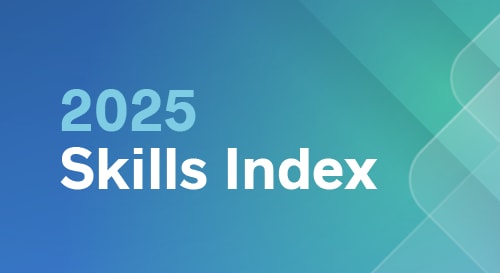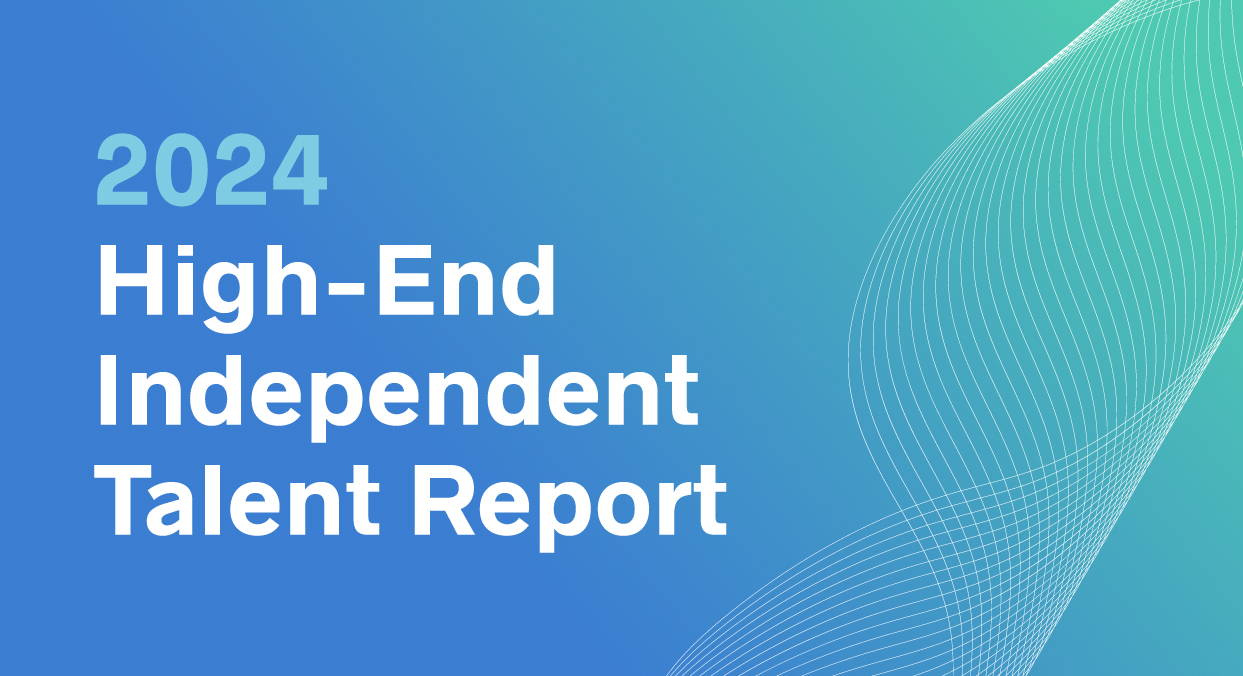As organizations around the world shift to remote work in response to the COVID-19 pandemic, their employees are finding ways to adapt and continue being productive. But the shift to remote work presents a particular challenge for companies that were in the middle of hiring—or had already extended offers to candidates or consultants and must now onboard them at a distance.
How can you replace the important in-person meetings that help you “seal the deal?” After you’ve found just the right person, how can you help them get up and running when you can’t talk face-to-face?
Business Talent Group has more than a decade of experience remotely onboarding senior business talent for consulting projects and interim roles with the world’s top companies.
From interviews to onboarding, here are our best practices for remote hiring.
REMOTE HIRING: SELECTING THE CANDIDATE
Prepare, Prepare, Prepare
As more conversations happen via phone and video chat, there’s additional room for error or misunderstanding. Transparent, accurate communication is critical when everyone is working remotely—doubly so when people don’t know each other very well.
Here are a few ways we recommend positioning interviews, so everyone is prepared:
- Set accurate expectations. This isn’t normal for anyone yet. Don’t make assumptions and don’t set up surprises or “gotchas.”
- Explain the process up front for both the interviewer and the interviewee. There is no standard or default process in this new, remote world, so be explicit to minimize misunderstandings.
- Clearly differentiate between phone calls and video calls. Make sure everyone is aware when they will be expected or required to appear on video.
- Confirm the technical details for information transfer (resumes, background information, specifications) before arranging the interaction between the hiring manger/client and the candidate or consultant.
- Triple confirm details with an executive assistant, if possible, to be sure everyone is on the same page and the scheduling is accurate.
InterZOOMing: Ace Your Video Interviews
Video offers a great opportunity to interact with candidates and colleagues when working remotely, but it’s not a one-to-one replacement for an in-person conversation. A good interview is as much about the interviewer as the interviewee. Set yourself—and your candidates—up for success with these best practices for video conferencing:
- Test the technology from both sides in advance. Make sure everyone has the correct software requirements and check lighting, camera settings, and audio quality.
- Come to the call prepared and calm.
- Dress for an interview—wear professional clothing and be sure to look your best.
- Allow some time for small talk at the beginning of the conversation to break the ice and assess the cadence and tempo of everyone’s speech patterns in video format.
- Prepare for delays and build in pauses. Speak in shorter sentences, if possible, to allow for audio lags and give others a chance to ask questions, respond, or change topics.
Rock Your Next Video Call
From preparation and communication to logistics and tech skills, here are BTG's best practices for planning and executing productive, engaging video calls.
Make the Virtual Personal
Video calls are a nice way to see each other face-to-face, but it’s easy to launch straight into business. Without in-person meetings, you may need to add in a few additional steps to the interview process to get to know the candidate better. Make the remote hiring process more personal whenever possible.
- Before the interview, conduct extra reference checks or add additional questions to understand the candidate’s working style.
- Use assessment tools to learn more about the candidate, their personality, and skillset.
- Build in more time for small talk during calls to help everyone become more comfortable and learn more about the interviewee.
- When interviewing, ask explicitly about their experience working remotely and any tips and tricks they have for being effective and productive in their role.
When You Make An Offer, Be Clear About Timing
When you have identified the candidate that’s the right fit, be sure you and other decision-makers are all on the same page about timing and requirements. Communication is more important than ever in remote hiring scenarios, so be fully prepared before contacting the candidate.
- Set up a phone or video call to make the offer, if possible.
- Be open about your timeline and expectations with respect to onboarding, technology set-up, and stakeholder meetings in the first few weeks—then confirm whether this fits your consultant or candidate’s own schedule and availability.
- Be willing and prepared to spend time answering questions.
- For candidates that will not be moving forward in your hiring process, it’s equally important to be clear in communicating your decision and to practice empathy wherever possible.
REMOTE HIRING: ONBOARDING NEW HIRES AND CONSULTANTS
Once you’ve made your decision, communicated with candidates, and extended an accepted job offer, it’s time to onboard your new hires. Remote onboarding has some unique challenges that you’ll want to address to make sure everything goes smoothly. It takes a little more planning—and a lot more communication—to onboard someone virtually, but it’s entirely possible. Here’s how.
Sweat the Small Stuff
- Overcommunicate. If you think you’ve communicated enough, double it.
- Confirm your candidate’s contact information—what are their preferred and alternate numbers or emails?
- Start on the right foot. Have a formal kickoff meeting to set yourself up for success.
- Create a list of key meet-and-greets with key stakeholders and set up formal video calls to mimic how things might go if you were onboarding someone at the office.
- Schedule brief, regular onboarding check-ins between the hiring manager and the new hire in addition to regular business meetings. (Ex. Daily for the first week and weekly for the first month of work.) These check-ins will give you an opportunity to make sure everything’s going smoothly—and course-correct if it isn’t.
Get the Right Tools
Getting the necessary technology set up is key for helping your new hire hit the ground running. Make sure you have equipment, logins, permissions, and other technology requirements completely and securely set up, as soon as possible.
- If the new hire needs a company-issued laptop and/or access to a VPN, organize shipping and network access as soon as the paperwork is in motion.
- Ensure that your new hires have access to all available corporate tools, including your preferred video conferencing provider, chat tools, project management, and cloud collaboration software.
- Make sure they are granted any permissions to access necessary data.
- Technology has made virtual interviewing, remote hiring, and onboarding easier than ever before, but it’s not without its challenges. Throughout the process, you want to be as clear as possible about each step and what to expect.
- Lay out the process from the beginning and make expectations clear about video calls, timelines, and requirements for working virtually. When in doubt, overcommunicate—with candidates and internal stakeholders. Lastly, remember that everyone is adjusting to the new reality of remote work, so assume positive intent whenever possible!
About the Author
More Content by Sandra Pinnavaia






















